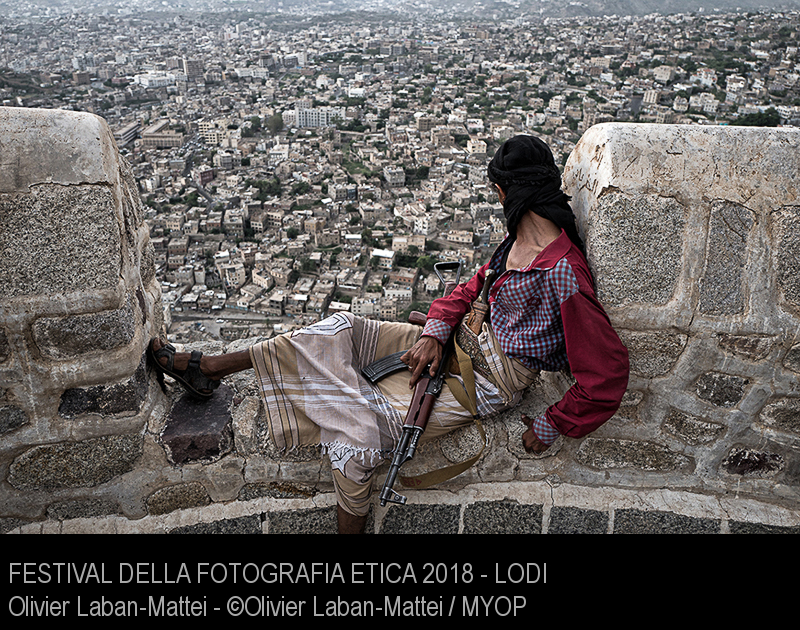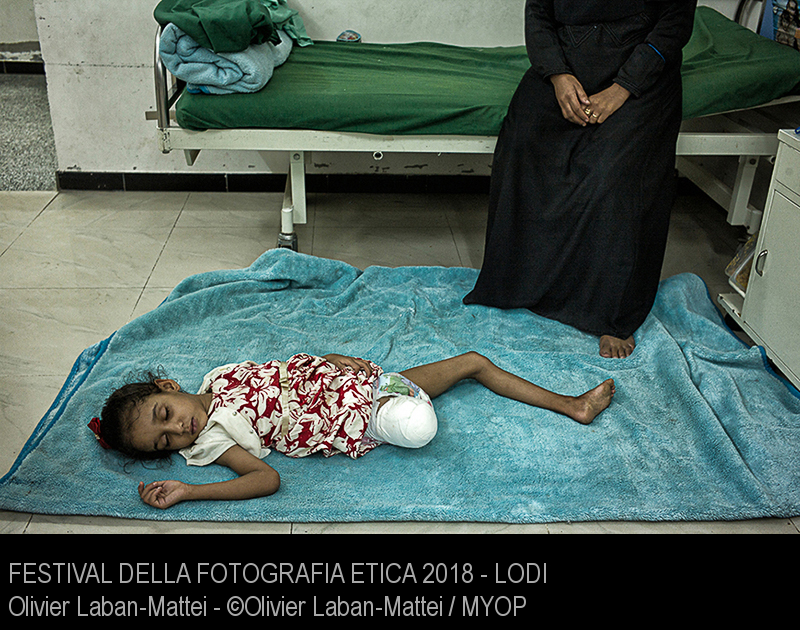Yemen, June 2017. More than 10,000 are dead, half of whom are civilians. There has been intensive bombing of military camps but also of homes, schools and museums. A cholera epidemic has affected more than 1 million people. The war that began in Yemen in 2015 is a devastating conflict, and it is practically without an external witness.
Three years after its outbreak in 2015, Yemen is separated in two. There is a form of government in the north, in Sanaa, composed of officials of the Houthi rebellion. In the south, in Aden, another government is in place, recognized by the international community and supported by a coalition of a dozen countries led by Saudi Arabia. The two opposing factions have done their utmost to prevent journalists from covering the war.
The stakes are high. Yemen is one of the theaters of the fierce fight of influence between Saudi Arabia and Iran, which has also played out in Syria and Iraq.
As the conflict worsens and as the humanitarian situation becomes untenable, Yemen is threatened with mass destruction. To make matters worse, jihadists, particularly Al-Qaeda in the Arabian Peninsula (AQAP), are seeking to take advantage of the fragile situation to further destabilize the region.
What is certain is that the civilian population pays a heavy toll with thousands of casualties. Women, children and the elderly are shredded daily by shrapnel and affected by cholera, a scourge very difficult to contain because hospitals are often inoperative or have been bombed.
In some of the liberated cities, such as Aden, the inhabitants face the enormous task of reorganizing society among vengeance and new jihadist attacks. Other cities continue to be besieged and people are forced to live in very precarious conditions.
Today, it is urgent to ask the right questions. Why such silence about these atrocities? How many lives will disappear before the international community reacts?



